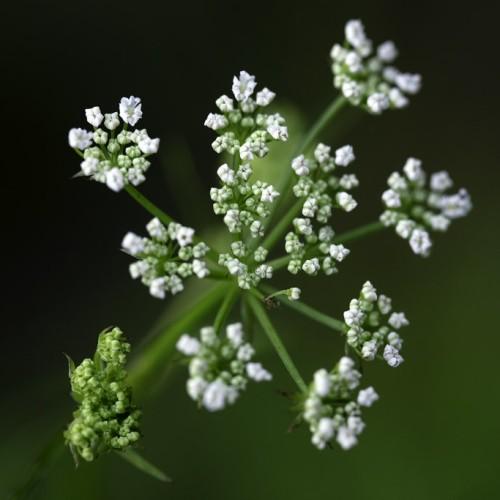
Bulb Bearing Water Hemlock
Cicuta bulbifera
Also Known As - Bulblet Bearing Water HemlockWatering:
Frequent
Hardiness Zone:
Sun:
full sun
Leaf:
Yes
Growth Rate:
Low
Drought Tolerant:
Yes
Salt Tolerant:
Yes
Care Level:
Moderate
watering
Green Rabbit Brush should be watered deeply and infrequently. Water once every 2 to 4 weeks, supplying enough water so that it penetrates the entire root zone. Watering too often or too little can cause the plant to become stressed and vulnerable to disease. Additionally, the soil should be allowed to dry out between waterings.
sunlight
Green Rabbit Brush (Chrysothamnus viscidiflorus subsp. lanceolatus) thrives best in bright, sunny locations. It needs at least 6-8 hours of direct sunlight each day, providing the optimal light exposure for photosynthesis and healthy growth. This species does not require full sun all day; however, it will still benefit from morning and afternoon sunlight. Light shade may be beneficial on hot summer days to help it become more drought tolerant. If possible, position the Green Rabbit Brush in a spot that gets morning and mid-afternoon sun but is shaded during peak hours when the sun is the hottest.
pruning
When it comes to pruning Green Rabbit Brush, regular and light maintenance pruning is recommended in early spring. Since this species of rabbit brush has a bushy and upright growth habit, regular pruning can help control its shape and prevent it from becoming too large. When pruning, remove 1/3 of the oldest stems at the base of the plant to promote new stem growth and encourage a denser shape. It is important to avoid pruning more than 1/3 of the stems in a single season, as this can cause shock to the plant and reduce the number of flower blossoms it produces.
